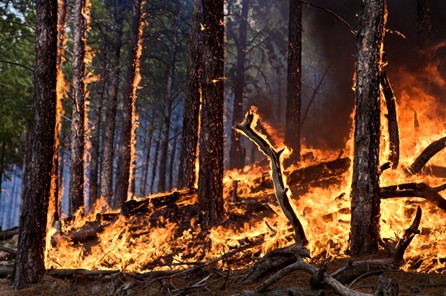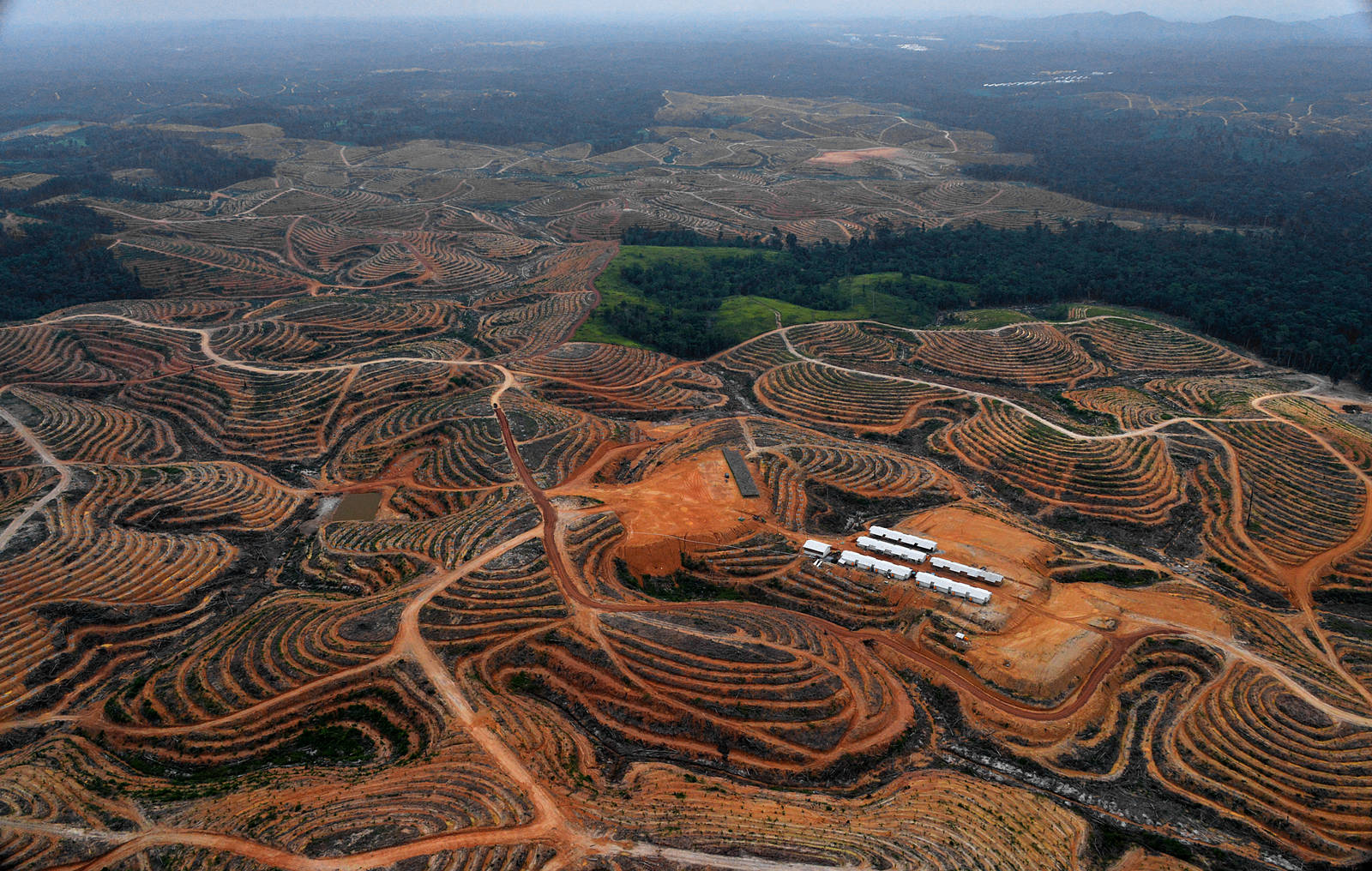Fire ants, considered one of the world’s most invasive species, are exploiting floodwaters to form rafts and spread across storm-affected areas in Australia, particularly in south-east Queensland and northern New South Wales. The Invasive Species Council (ISC) warns that this unusual rafting behavior indicates a surge in fire ant densities in the region, prompting communities to remain vigilant as the ants move to establish footholds in new areas.
Originating from South America, red imported fire ants were initially identified in Queensland in 2001 and had been mostly confined within the state’s borders. The mode of their entry into Australia remains unknown, but it is suspected they arrived via shipping containers from the US. Despite containment efforts, fire ants have infested around 700,000 hectares of land, primarily on cane farms south of Brisbane.
Fire ants are renowned as super pests due to their capacity to cause significant ecosystem changes and agricultural losses by feeding on native flora and fauna. Their stings can also be fatal to humans. In November, reports emerged of new fire ant nests spreading into New South Wales from the Queensland border for the first time, prompting a national boost in funding for eradication initiatives.
The unique climate of Australia, coupled with the absence of natural predators, makes it an ideal habitat for fire ants. Authorities express concerns that if not contained, fire ants could potentially inhabit the entire continent, with fears that they might infiltrate the Murray Darling River system and rapidly spread to new states and territories. With a three-year-old colony capable of housing up to 100,000 fire ants and a mature queen laying up to 5,000 eggs daily, the impact of these invasive pests on Australia’s biodiversity and agriculture remains a significant concern. Fire ants have already proliferated in the US, China, Taiwan, Japan, and the Philippines in recent decades, highlighting the urgency of containment efforts in Australia.




